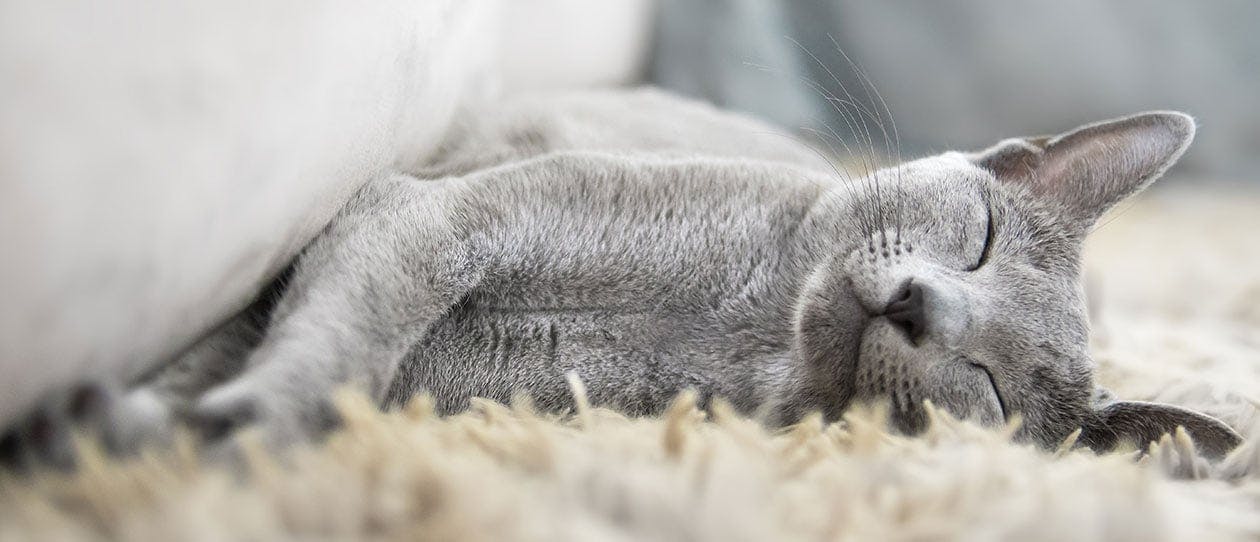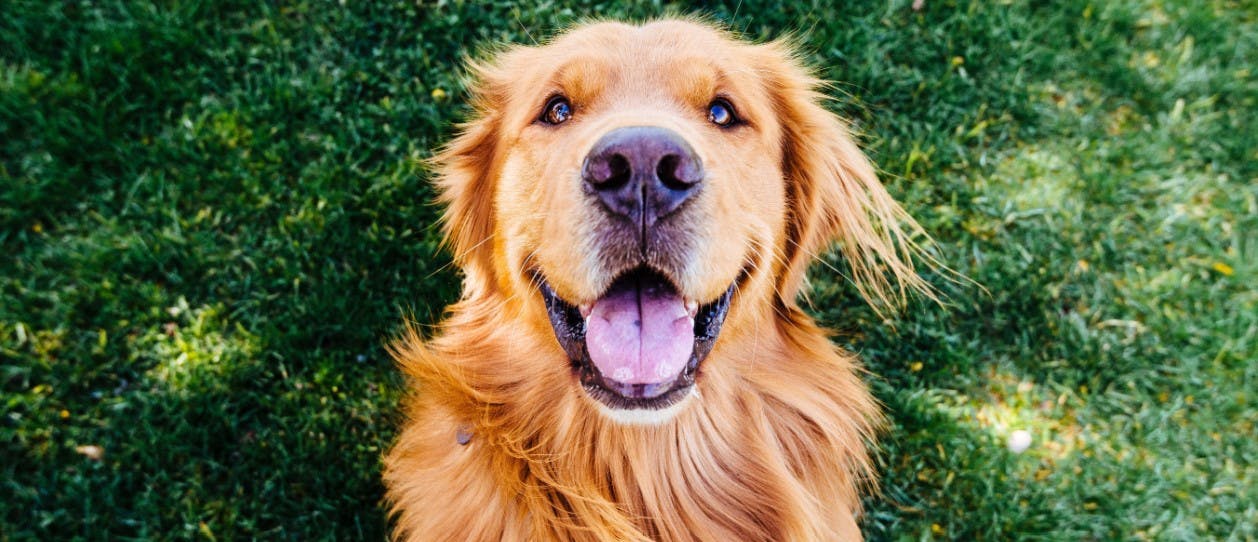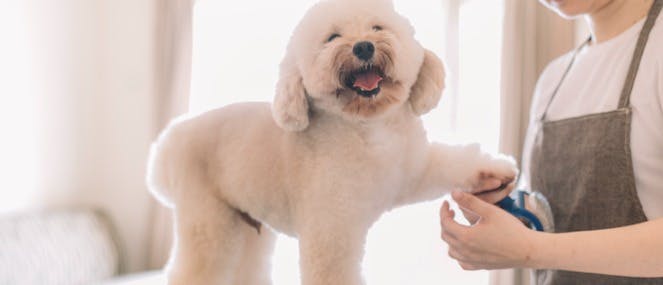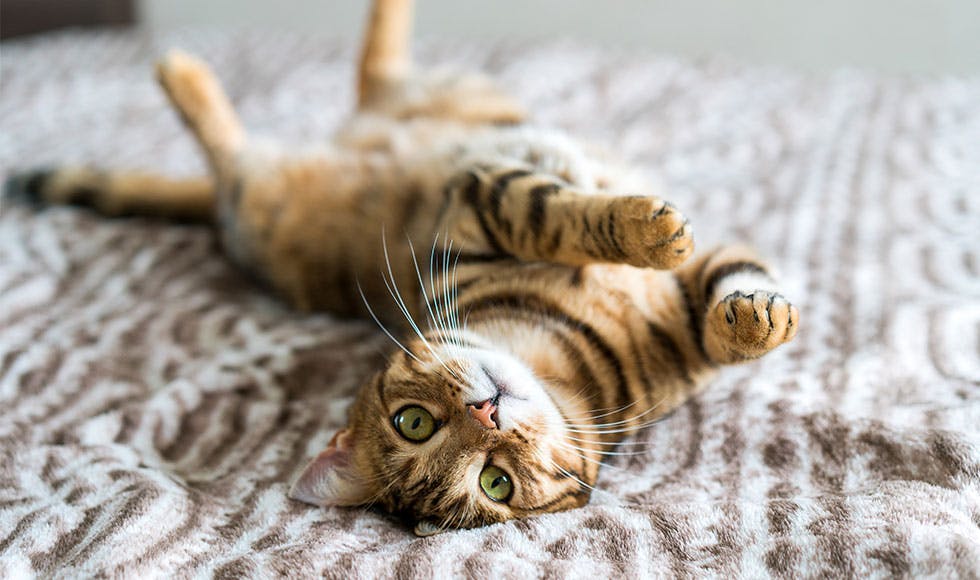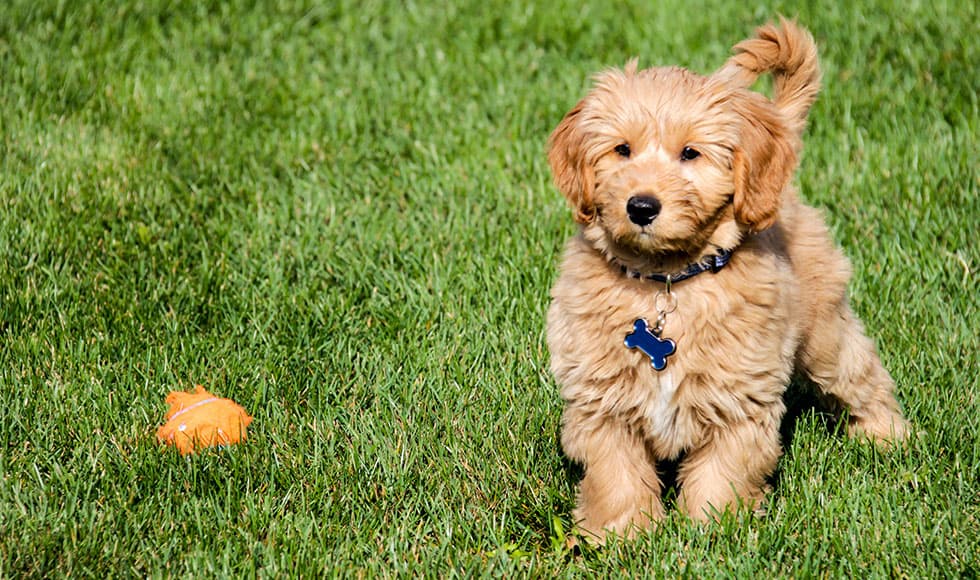Australia has one of the highest pet-ownership rates in the world, with almost 40 per cent of pet-loving households claiming a feline family member. Unfortunately for people with allergies, cats can also be a major trigger for sneezing, wheezing, watery eyes and hay fever – even more so than their dog counterparts. While many people allergic to dogs may be predisposed to symptoms from certain breeds, when it comes to cats, it’s generally a case of all or nothing. Which means you can be allergic to cats, but be perfectly fine around dogs.
Most people think that their reaction to pets comes from their hair or fur. But symptoms are actually sparked by the two allergenic proteins – Fel d1 and Fel d4 – in your cat’s saliva, urine and dander: dried flakes of skin that can stick to dead hair, your clothes, the sofa… or float about in the air.
The best cat breeds for allergies
All cats lose hair at some stage, whether consistently throughout the year or with the change of seasons when they shed heavy winter coats to regulate heat during warmer weather. So while there’s no such thing as a truly hypoallergenic breed, there are some cats that are low-shedding and produce low levels of dander and those proteins, making them less likely to spark an allergic reaction in people – particularly when paired with good grooming and hygiene.
Sphynx: This mostly hairless breed of cat (born from a natural genetic mutation) comes with a small amount of fur on its nose and fuzz on its body. In addition to not shedding large amounts of hair and dander, their minimal coat means less self-grooming and saliva.
Balinese: Silky-coated Balinese cats produce low levels of the Fel d1 protein, making them a good choice for pet owners with allergies
Cornish rex: Many breeds of cats have multiple layers of fur, but the Cornish rex only has one, which means less shedding and dander to spark an allergic reaction.
Russian blue: Don’t let the thick, velveteen coat of this breed fool you – they’re actually low shedding, and also produce low levels of the Fel d1 protein.
LaPerm: The curly coat of these cuddly cats is low shedding, with the waves also acting to keep dander in, rather than release it into the air.
The worst cat breeds for allergies
High-shedding cat breeds tend to be worse for people with allergies because the allergens get trapped in their coats and spread whenever they lose their fur – which is all the time. Studies also show that un-neutered male cats tend to produce the most Fel d1, and females the least.
Persian: While gorgeous and fluffy, Persians are notoriously heavy shedders and also require a lot of grooming to stop their coat from matting.
Cymric (long-haired Manx): This breed has a heavy undercoat and silky fur, and tends to shed its hair more than other breeds.
British longhair: There’s no denying the attractiveness of this breed’s lush hair. But it’s high maintenance, and requires extremely regular grooming, potentially exposing allergy sufferers to dander and saliva.
Norwegian forest cat: Genetically wired to survive long, cold winters, these cats have a thick, dense coat to keep them warm. They’re heavy shedders year-round.
Himalayan: With a double coat and long hair, Himalayans require regular grooming and are heavy shedders to boot.
What can you do to reduce the impact of allergies?
Even when you own a ‘hypoallergenic’ cat, chances are you’ll have to make some changes around your home to ensure your allergies stay in check as a pet parent.
Confirm your allergy with your doctor: Many people who sneeze and splutter around cats have other allergies as well.
Create a ‘cat free zone’: You spend a third of your day in the bedroom, so it makes sense to designate this a no-go for pets. Also consider areas where hygiene is paramount, like the kitchen.
Maintain stringent grooming practices: This is essential for every pet parent, particularly so among people with allergies. Ensure you brush your cat regularly to remove dead hair and dander – ask a non-allergic friend to help. Cats don’t need baths as frequently as dogs, as they’re fastidious self-groomers. But the saliva they use to do so may spark an allergic reaction. Try a full soak once a week, then wipe your cat down with a wet wash cloth every day in between.
Dust, vacuum, mop repeat: Keep your home as clean as possible to minimise the build-up of hair and dander, and prevent it from circulating through the air.

